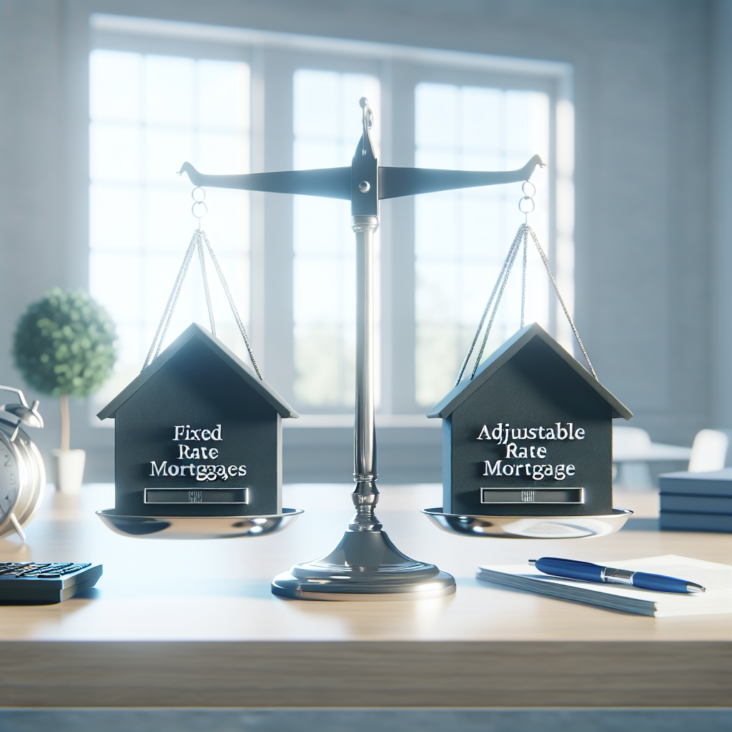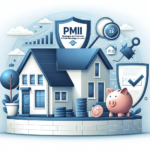Introduction to Mortgages
When it comes to purchasing a home, one of the most critical financial decisions you’ll make is choosing between a fixed-rate mortgage and an adjustable-rate mortgage (ARM). Understanding the differences between these two options can help you find the best mortgage for your financial situation and long-term goals.
What is a Fixed-Rate Mortgage?
A fixed-rate mortgage is a home loan with a constant interest rate and monthly payments that never change. This type of mortgage is popular among homebuyers who plan to stay in their homes for a long period, as it provides stability and predictability.
- Stability: Your interest rate remains the same throughout the term of the loan.
- Budgeting: Fixed monthly payments simplify budgeting.
- Long-term planning: Ideal for those who plan to stay in their property for more than seven years.
What is an Adjustable-Rate Mortgage?
An adjustable-rate mortgage (ARM) offers a lower initial interest rate than a fixed-rate mortgage, but the rate can change at predetermined intervals. This type of mortgage is suitable for homebuyers who anticipate selling or refinancing before the adjustable period begins.
- Initial Savings: Typically, ARMs offer lower initial rates than fixed-rate mortgages.
- Flexibility: Beneficial if you plan to move or refinance before the rate adjusts.
- Potential Risks: Monthly payments can increase if interest rates rise.
Comparing Fixed-Rate and Adjustable-Rate Mortgages
| Feature | Fixed-Rate Mortgage | Adjustable-Rate Mortgage |
|---|---|---|
| Interest Rate | Constant | Variable after initial period |
| Monthly Payments | Stable | Can fluctuate after initial period |
| Initial Costs | Potentially higher | Typically lower |
| Best for | Long-term stability | Short-term savings |
Which Mortgage is Right for You?
Choosing between a fixed-rate and an adjustable-rate mortgage depends on your financial situation, future plans, and risk tolerance. Here are some considerations to help you decide:
- Financial Stability: If you have a stable income and prefer predictable payments, a fixed-rate mortgage might be the better option.
- Future Plans: If you plan to move or refinance within a few years, an ARM could save you money in the short term.
- Risk Tolerance: Consider how comfortable you are with the potential for rising interest rates and increased payments.
Conclusion
Both fixed-rate and adjustable-rate mortgages have their advantages and disadvantages. By understanding the key differences and assessing your financial goals, you can make an informed decision that aligns with your needs. Whether you choose stability with a fixed rate or initial savings with an ARM, the right mortgage will support your homeownership journey.




